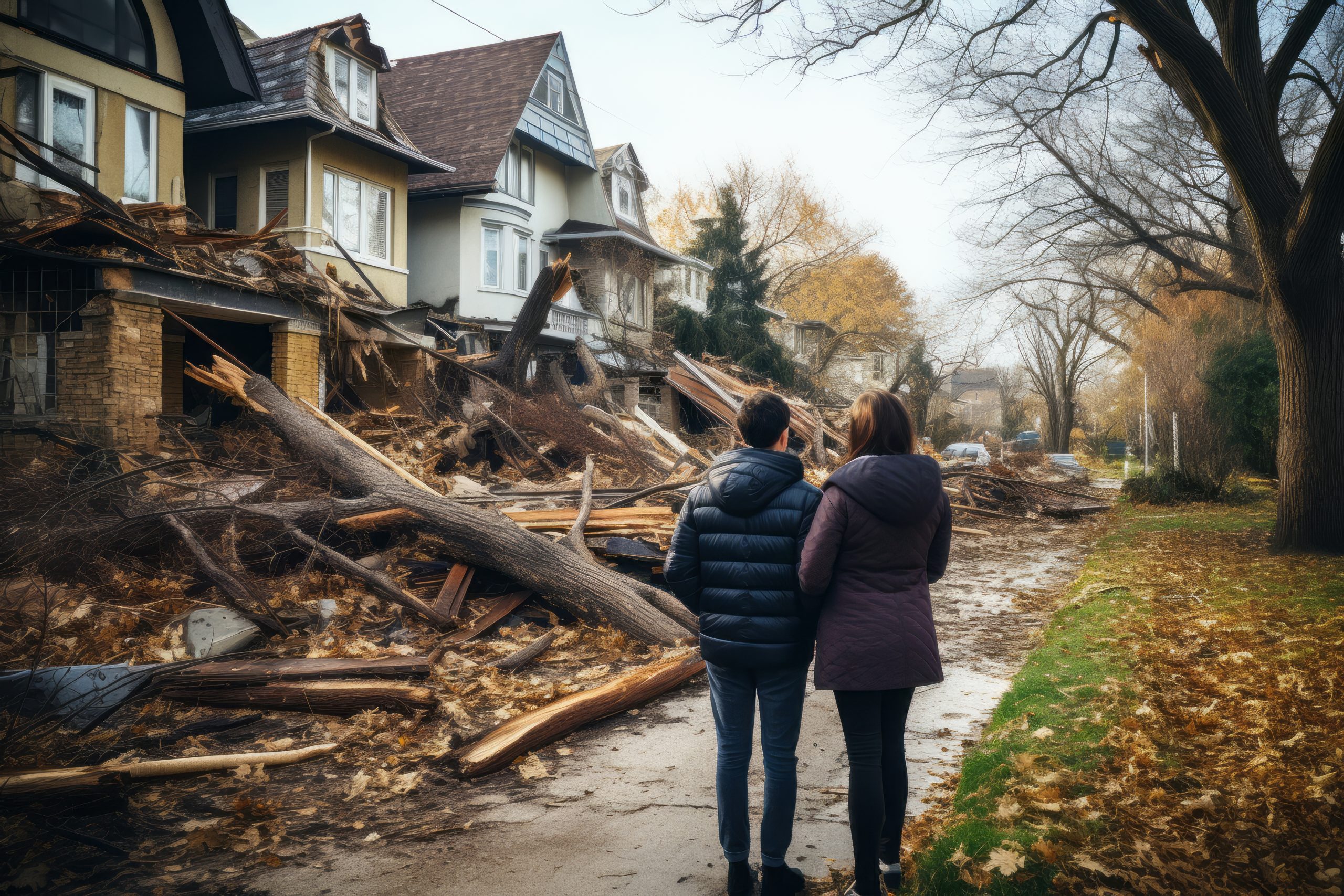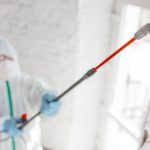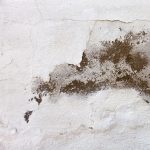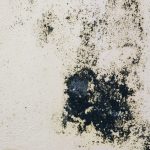
After the Storm: When Mold Starts to Grow in Florida Homes
When a hurricane hits Florida, the damage doesn’t end when the winds die down. Flooded floors, soaked drywall, and damp air create perfect conditions for one silent but serious threat: mold.
Homeowners across Naples, Marco Island, Bonita Springs, Estero, and other parts of Collier and Lee Counties often ask us:
“How fast can mold grow after a storm?”
Here’s what you need to know — and why time is critical.
How Fast Can Mold Grow After a Hurricane?
24 to 48 hours — that’s all it takes for mold to begin growing on damp materials after a hurricane or flood.
Once moisture is trapped in walls, ceilings, flooring, or insulation, mold spores can settle in and start to spread almost immediately. Florida’s warm, humid climate only speeds up the process.
If you had any water intrusion — even just a few inches — and didn’t dry the area thoroughly within the first day or two, you’re likely at risk.
Why Florida Homes Are So Vulnerable
After a hurricane, many homes in Marco Island, Bonita Springs, and Naples experience extended power outages. No A/C, no dehumidifiers — and moisture sits untouched. That’s exactly what mold needs to thrive.
Other common factors that speed up mold growth include:
- Porous building materials, like drywall, wood, and carpeting
- Hidden leaks behind walls or under floors
- High humidity, especially in closed-up homes
- Contaminated floodwater, which brings in bacteria and spores
Common Places Mold Shows Up First
Mold isn’t always visible right away. It often starts in:
- Wall cavities and behind baseboards
- Under tile or laminate flooring
- Inside air vents and ducts
- Behind cabinets or furniture
- Insulation in the attic or crawlspace
If your home in Estero or Collier County experienced storm damage, don’t wait to see visible mold before taking action. By the time you smell that musty odor — mold has already spread.
Health Risks from Post-Hurricane Mold
Mold isn’t just a property issue — it’s a health hazard. Especially for:
- Children
- Seniors
- Anyone with asthma, allergies, or respiratory issues
Symptoms of mold exposure may include:
- Sneezing and coughing
- Headaches
- Skin rashes
- Difficulty breathing
Even healthy adults may notice fatigue or throat irritation after spending time in a mold-contaminated space.
What Should You Do After a Hurricane?
Here’s what we recommend for homeowners in Southwest Florida:
- Act fast – If your home was flooded, water-damaged materials must be removed or professionally dried within 48 hours.
- Get a professional mold inspection – At QCI, we use infrared cameras and moisture meters to detect mold — even in places you can’t see.
- Test the air quality – Breathing mold spores can be harmful, even if mold isn’t visibly growing.
- Avoid chemical foggers – They often mask the problem instead of solving it. We use chemical-free hydroxyl generators that are safe for people, pets, and the environment.
Why Choose QCI?
With over 28 years of experience, QCI offers professional mold inspections, testing, and chemical-free remediation across Naples, Marco Island, Bonita Springs, Estero, and beyond.
We’re a local team that understands the unique challenges of Florida’s storm season — and we act quickly to protect your health and property.
Let’s Catch the Mold Before It Spreads.
📍 QCI Mold & Water Damage Experts
Proudly Serving: Naples, Marco Island, Bonita Springs, Estero, and surrounding areas in Collier and Lee Counties
📞 Call Now: (239) 777-2875
🌐 Visit Our Website
Don’t wait for mold to take over your home. If your property experienced water damage after a storm, call QCI today for fast inspection and expert remediation. Let us help you breathe easier.






